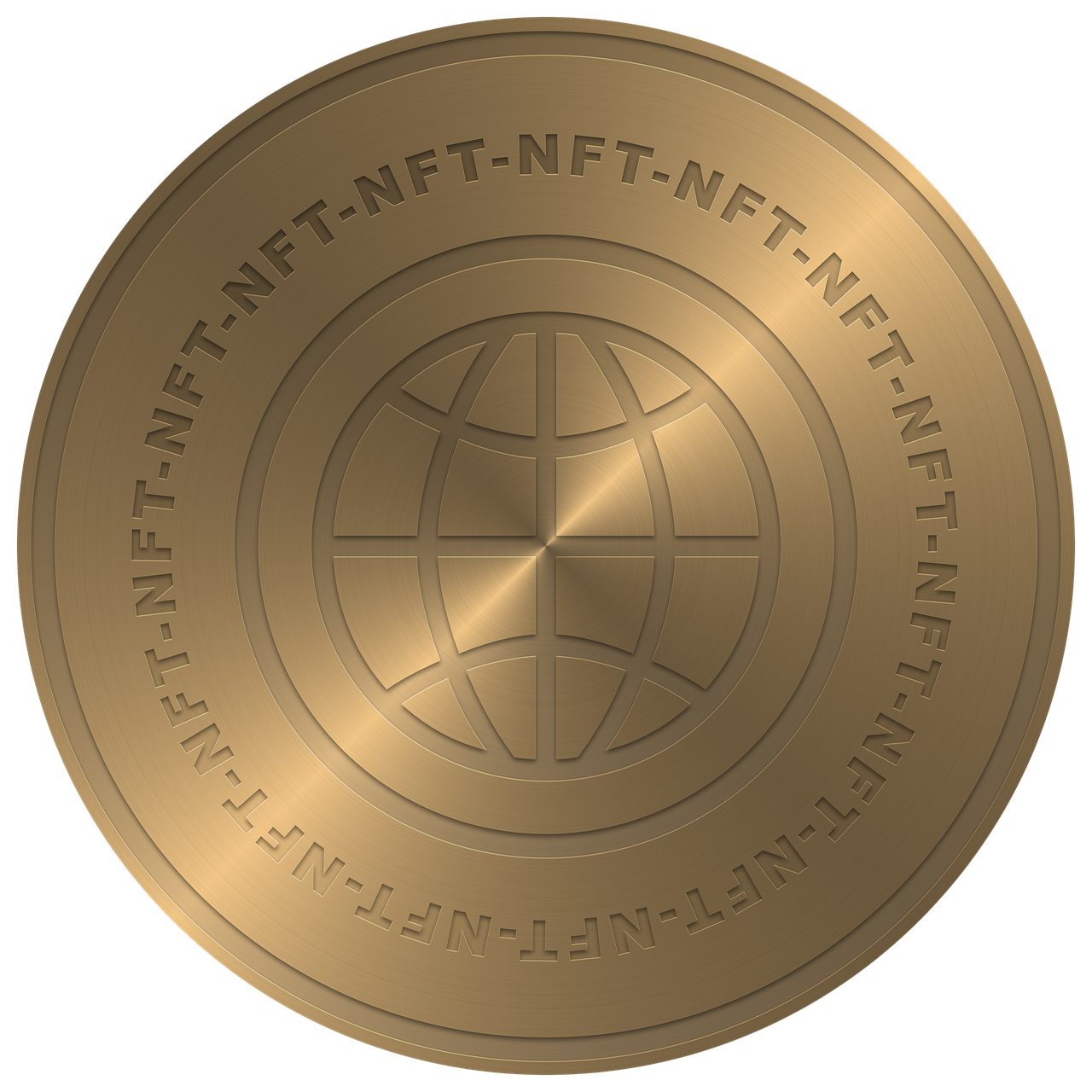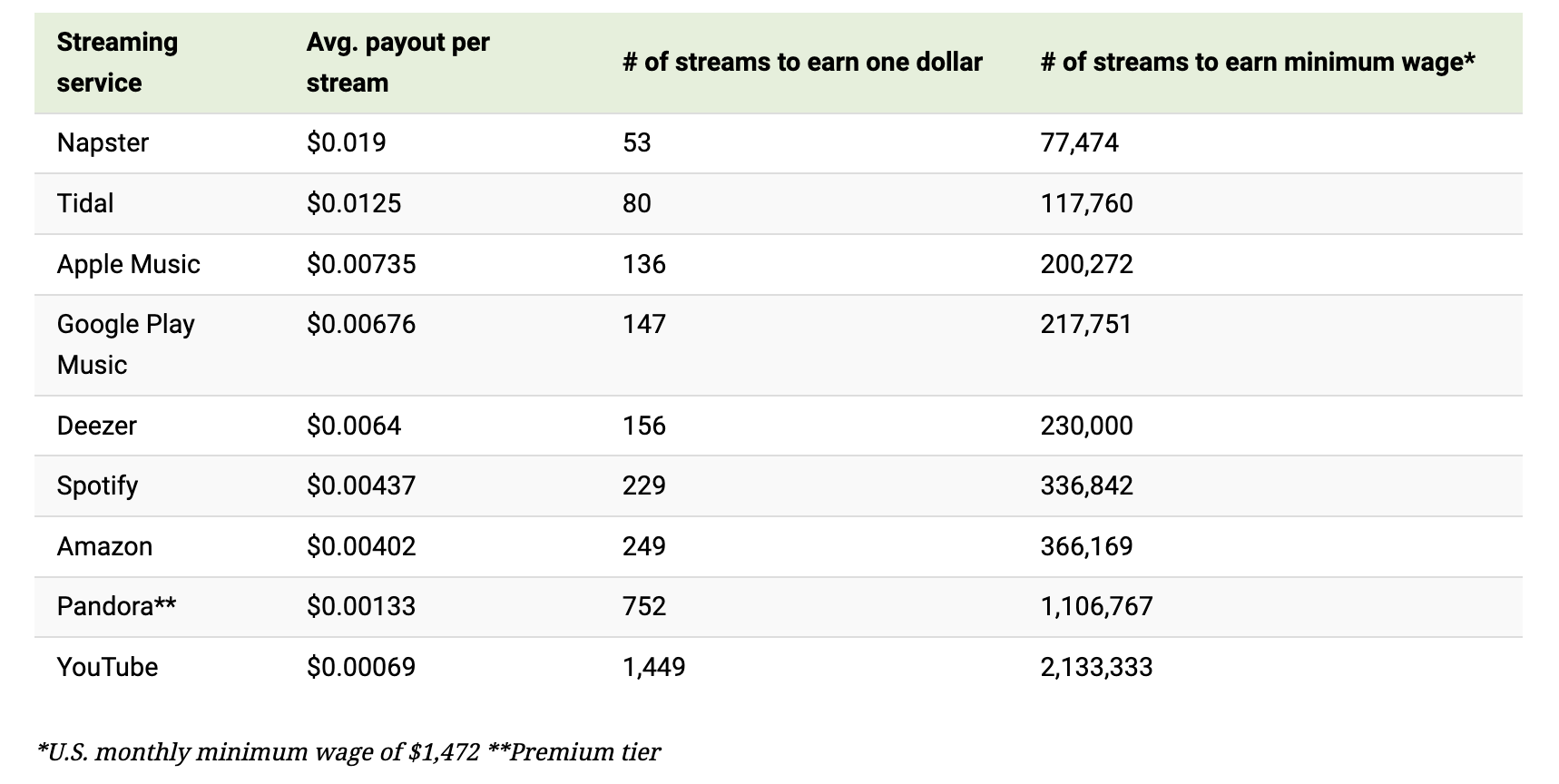A quick word about NFTs amidst the downturn in that market and other items in the news. Despite telling myself I would no longer indulge in this topic because most of my colleagues could care less about them, I have reconsidered as I think that their identity as “rights” for some forms of digital artwork has superseded their worth as a technology. I want to clarify that, but also, I want to consider how they will mainstream from here (and they will). AND, I promise this all relates to collections – and not just NFT collections.
Your new museum ticket?
As I mentioned, a quick reminder that “NFT” does NOT solely equal a piece of digital art. It is a technology that provides scarcity to a digital asset. Scarcity delivers value – whether gold or non-tangible goods. Therefore, it makes many other activities possible beyond digital art such as music and events/ticketing. Through their increased application for these purposes, they will seep into the greater water supply of society and in 10 years we will not understand anything else. I want to speculate on this as it relates to art and artifact collections.
Beginning with but not dwelling upon the obvious, digital art – be it a digital twin of a physical object or a born-digital piece, has been with the broader public now for a couple of years and I have discussed those instances here and here. The recent crash, however, has recharged the “scam” narrative (based on the art thing) and/or deaccession the pure speculators leaving behind the still-large number of true believers.
We can conceive of applications for digital twins in this sphere. I imagine that we will soon use NFTs of works impossible to loan to display alongside original pieces. Yes, a digital substitute but also one capable of explaining the original in, well, original ways or simply making a curatorial point. More importantly, it will provide greater access to those pieces too fragile or costly to travel.
NFTs also have their own galleries and exhibitions and will exist on their own as well. If everyone buys into it, then it has value. That is what gives ANY art, artifact, or object value.
Also, what if someone like Netflix added streaming NFTs of art on their platform. You could stream de Kooning’s Woman II on your TV while you have friends over or while you marinate in Ornette Coleman’s Free Jazz.
Ebay, the online auction pioneer and notorious influencer of object value renaissance, has knelt at this alter and recently opened an NFT marketplace of its own. The site’s luster has recently dimmed, but this new sales venue seems destined to attract a new public and water the company into new relevance. Now, a platform for a non-tech, non-art public has provided comfortable access and further diversified an audience for them and opened another salient drip into your daily life.
Music has unsurprisingly embraced the NFT as another industry with a forever-long history of placing its boot on the neck of the artist (I hope you can taste my own embitterment in that sentence). This allows (for now) a direct connection between the artist and the fan. This web3 ideal of removing the middleman (record labels, for example) comes from the point of view of basically making no money. Streaming has allowed the industry to remove its crutches from its free-downloading injuries of the early 00s and lent them to artists paralyzed by the services themselves and later COVID.
What this means is NFTs can (will they is another story) essentially unlock a curated cabinet of curiosities, dare I say “metaverse”, for an artist that not only provides access to music as well as access to shows and merchandise.
This can easily translate to museums and collections. Purchasing an NFT can allow access to the museum as well as other activities in its orbit. Museums do not pay their own way into the club. Instead, they rely on a skimpy, non-profit-public-good outfit to seduce an escort to pay their way (this all sounds cynical today). What if, though, you could have a conservation NFT membership where you get access to the museum and additional funds go to support conservation efforts? What if a gallery sold NFTs to works at much lower prices than the piece itself that, in addition to handing over the digital rights, had other benefits such as exclusive openings or talks? What if the artists themselves do more of it to directly connect with their own public?
Despite these benefits, naturally, some drawbacks remain. This conflicted article by an archivist from a year ago in Wired expresses some very interesting and relevant concerns for the authenticity of “things” and how to determine and safeguard it in the current climate.
The archival world is a world of inadequate budgets and financial constraint, filled with underpaid workers and massive, poorly resourced projects like digital preservation, and the challenging task of digitizing analog materials. Will archives be tempted by the potential upside of NFTs and tokenize digital representations of their crown jewels (or the rights to these assets)?
I do think that we will see more monetization of collections, but I hope that we can do it in these new decentralized ways that will allow a broader public to specifically support what interests them. I, personally, would pay for an NFT museum membership that went to collections preservation and documentation, for example. Monetization does not have to inherently be “bad”. What’s worse: this type of sales or begging for often dubious philanthropy?
So, yes, I do believe that the NFT technology can make a big impact in the cultural sector, and as that role increases, it will pressure the energy market to continue to reduce the environmental impact from extreme energy usage from blockchain mining. That impact has a solution – proof of stake mining. This MIT article outlines many of the issues involved in implementing the system on the Ethereum chain.
Ethereum needs to move to proof of stake so it doesn’t further exacerbate the environmental horrors of Bitcoin. The question is, will its new system fulfill all the promises made for proof of stake? And how decentralized will it really be? If a public blockchain isn’t decentralized, what is the point of proof of anything? You end up doing all that work—consuming vast amounts of energy or staking all those coins—for nothing other than maintaining an illusion.
I know that paragraph does not exude the same optimism with which I began this post, but if my many Gen-X years have taught me anything, money will dictate the flow of energy (pun absolutely intended). Those who solve this problem will become very very rich.
All this to say, I do not worry about the energy cost now because it is a time of transition to the new technology. It will worry me more if in a few years, it has not changed. For the moment, we need to readily recognize the value to the cultural sector of NFT technology and transition that as well.




